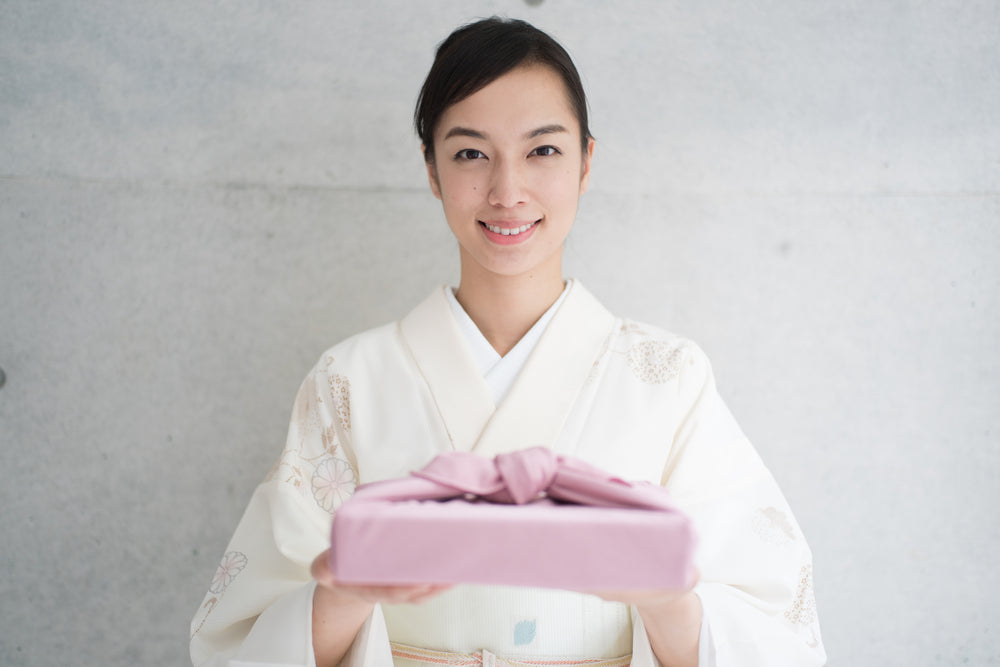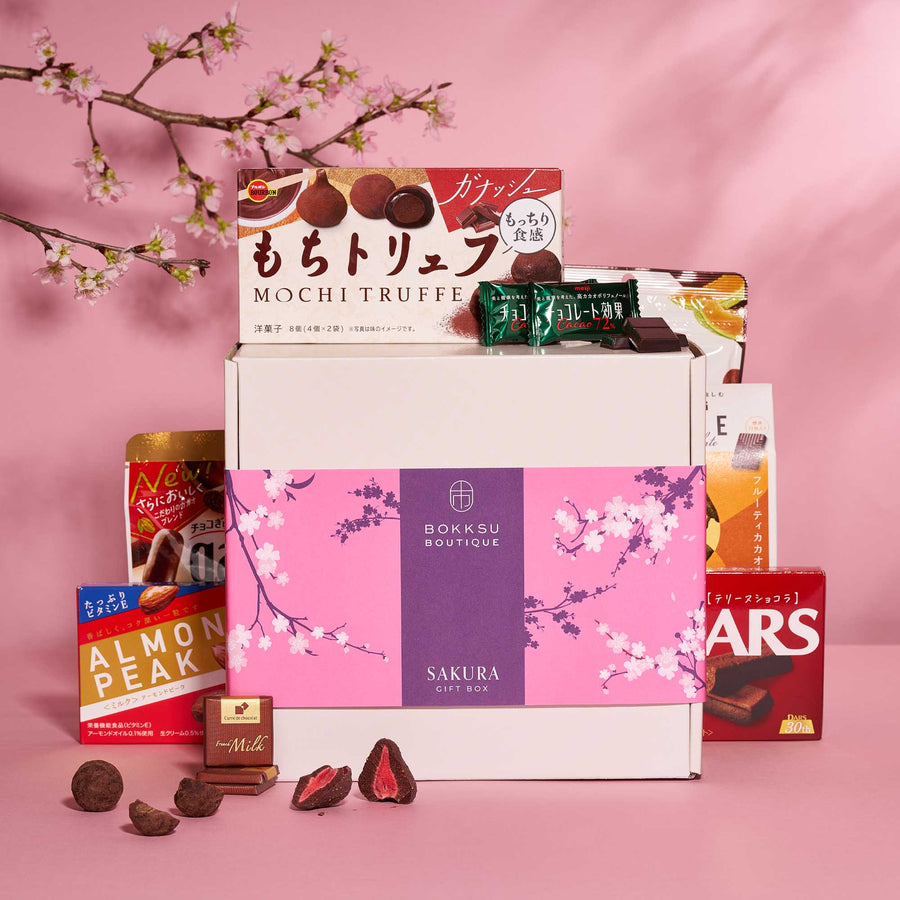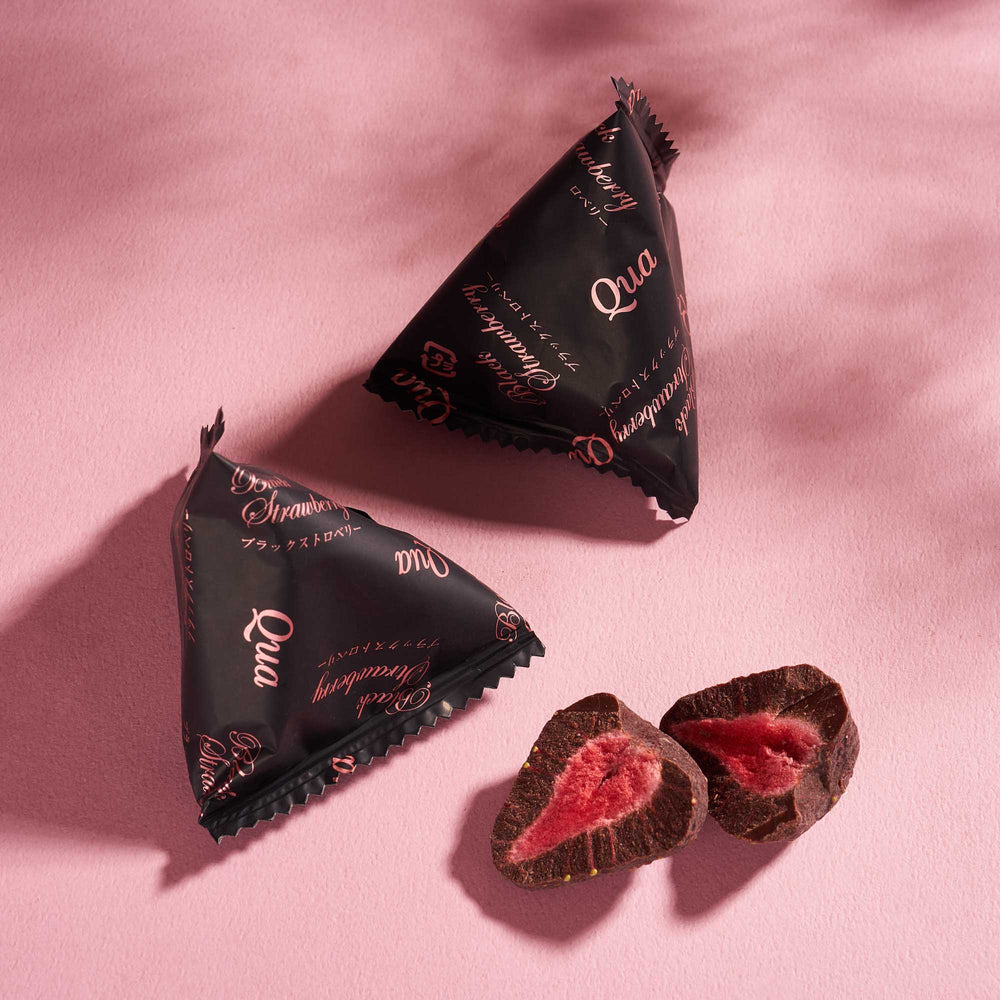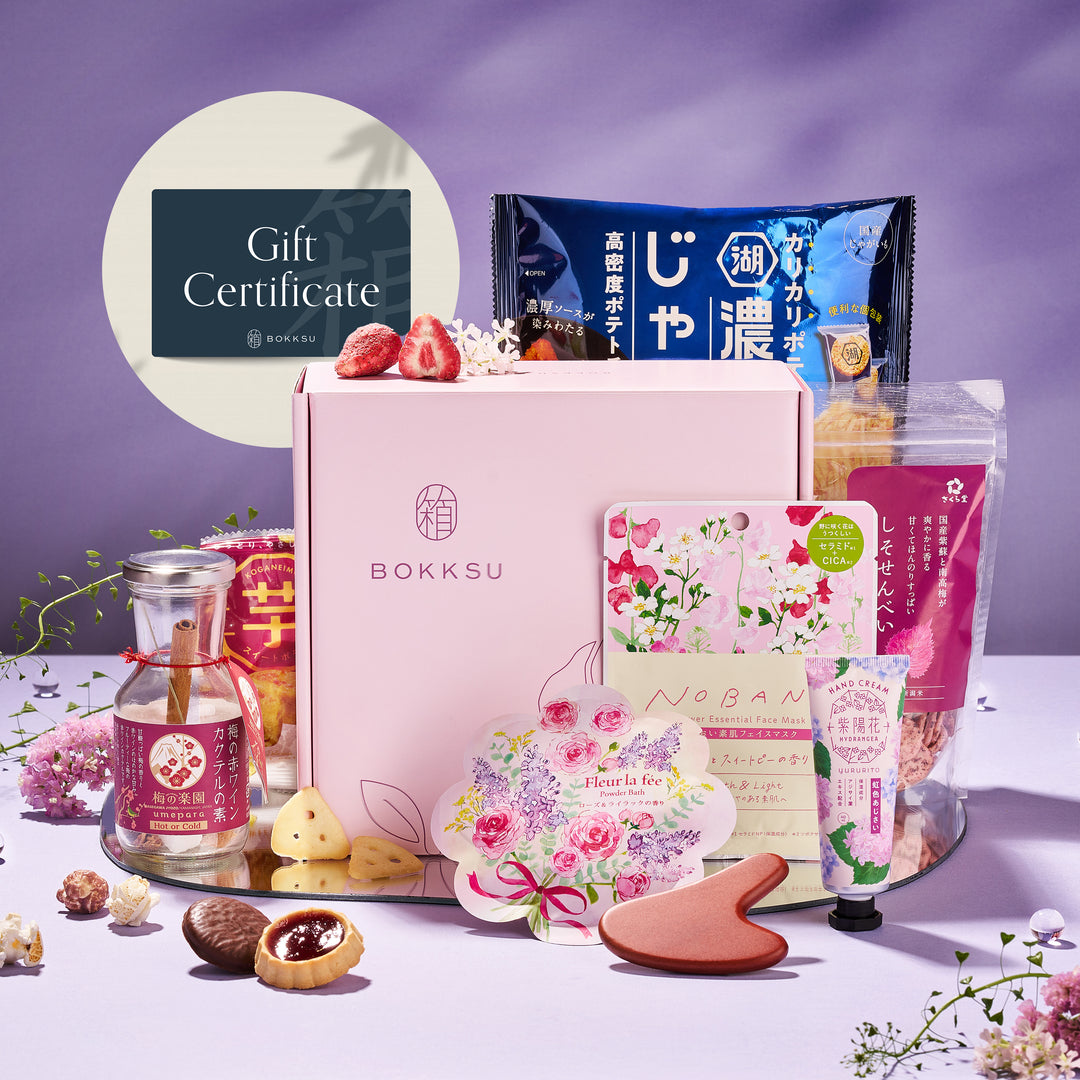Bokksu Boutique
43088063037638,43088063037638,43088057958598,43088057958598,43088061366470,43088061366470,43088059629766,43088059629766,43088062120134,43088062120134,43088057991366,43088057991366,43088061497542,43088061497542,43088058024134,43088058024134,43088059695302,43088059695302,43088060580038,43088060580038,43088059007174,43088059007174,43088059498694,43088059498694,43088064381126,43088064381126,43088059465926,43088059465926,43088060416198,43088060416198,43088060448966,43088060448966,43088065593542,43088065593542,43088062185670,43088062185670,43088060317894,43088060317894,43088064446662,43088064446662,43088062316742,43088062316742,43088061563078,43088061563078,43088063725766,43088063725766,43088058974406,43088058974406,43088059531462,43088059531462,43088061235398,43088061235398,43088062972102,43088062972102,43088063561926,43088063561926,43088063660230,43088063660230,43088062906566,43088062906566,43088058056902,43088058056902,43088068214982,43088068214982,43088066576582,43088066576582,17616989585506,17616989585506,43088060973254,43088060973254,43088068018374,43088068018374,43088058876102,43088058876102,43088061071558,43088061071558,21425842061417,21425842061417,43088064479430,43088064479430,43088061530310,43088061530310,43088063004870,43088063004870,43088063594694,43088063594694,43088060481734,43088060481734,43088063529158,43088063529158,43088063758534,43088063758534,43088064577734,43088064577734,43088069132486,43088069132486,43088068149446,43088068149446,43088064512198,43088064512198,43088061006022,43088061006022,41186723397830,41186723397830,43088059564230,43088059564230,43088065724614,43088065724614,43088060252358,43088060252358,43088064544966,43088064544966,43088065102022,43088065102022,43088063627462,43088063627462,43088060383430,43088060383430,43088062283974,43088062283974,43088068280518,43088068280518,43088068739270,43088068739270,43088063692998,43088063692998,43088080240838,43088080240838,37574074007750,37574074007750,31860297138281,31860297138281,43088069230790,43088069230790,43088065462470,43088065462470,43088070017222,43088070017222,43088061432006,43088061432006,43088070115526,43088070115526,43088065560774,43088065560774,43088069198022,43088069198022,43088068247750,43088068247750,43088068313286,43088068313286,43088068804806,43088068804806,43088062939334,43088062939334,43088067559622,43088067559622,43088064413894,43088064413894,43088065069254,43088065069254,43088062218438,43088062218438,43088061038790,43088061038790,43088068083910,43088068083910,43088065822918,43088065822918,43088061399238,43088061399238,43088065691846,43088065691846,43088062054598,43088062054598,43088069984454,43088069984454,43088066805958,43088066805958,43088077291718,43088077291718,43088069951686,43088069951686,43088068116678,43088068116678,43088071065798,43088071065798,43089043947718,43089043947718,43089043980486,43089044013254,43089044046022,41602701820102,41602701820102,43088066838726,43088066838726,32100958306409,32100958306409,43088069918918,43088069918918,43088065134790,43088065134790,43088069886150,43088069886150,43088058908870,43088058908870,43088068772038,43088068772038,43088070836422,43088070836422,42432716275910,42432716275910,43088070803654,43088070803654,43088069755078,43088069755078,43088077324486,43088077324486,43088066969798,43088066969798,43088073949382,43088073949382,43088066871494,43088066871494,43088073097414,43088073097414,42521288736966,42521288736966,43088069853382,43088069853382,43088078766278,43088078766278,43088070312134,43088070312134,43088064348358,43088064348358,40863250088134,40863250088134,43088070869190,43088070869190,43088071098566,43088071098566,43088066642118,43088066642118,43088070279366,43088070279366,43088074145990,43088074145990,43088068051142,43088068051142,43088068346054,43088068346054,43088080306374,43088080306374,43088074965190,43088074965190,43088070901958,43088070901958,43088078799046,43088078799046,43088070770886,43088070770886,42521288671430,42521288671430,43088074047686,43088074047686,41282330296518,41282330296518,43088077979846,43088077979846,43088069165254,43088069165254,43088071753926,43088071753926,43088077521094,43088077521094,43088075653318,43088075653318,42521288835270,42521288835270,42887223869638,42887223869638,41282503606470,41282503606470,43088080208070,43088080208070,43088068870342,43088068870342,42521288999110,42521288999110,43088070213830,43088070213830,42534589169862,42534589169862,41611339104454,41611339104454,42521289425094,42521289425094,43088076505286,43088076505286,43088068935878,43088068935878,41602501542086,41602501542086,43088080273606,43088080273606,42711077880006,42711077880006,43088078176454,43088078176454,43088077947078,43088077947078,43057954390214,43057954390214,43057954422982,43088073982150,43088073982150,43140956061894,43140956061894,43140958650566,43141066719430,43141066752198,43141066784966,43141066817734,43141066850502,43141066883270,43088076669126,43088076669126,42871822090438,42871822090438,43088078110918,43088078110918,41602688352454,41602688352454,43088070443206,43088070443206,43057949016262,43057949016262,43057949049030,43057949081798,43057949114566,43057949147334,43057949180102,43057949212870,43057949245638,43088075620550,43088075620550,43088077455558,43088077455558,43088070410438,43088070410438,43088072999110,43088072999110,42521289064646,42521289064646,43023957131462,43023957131462,43088077586630,43088077586630,41602471919814,41602471919814,42871391977670,42871391977670,43057958224070,43057958224070,43057958256838,42521288376518,42521288376518,42521288573126,42521288573126,43125539766470,43125539766470,42871843094726,42871843094726,43088073883846,43088073883846,43088077914310,43088077914310,42521288605894,42521288605894,43088066773190,43088066773190,43088072671430,43088072671430,43088078831814,43088078831814,42521289392326,42521289392326,43088078241990,43088078241990,42521289031878,42521289031878,43088073064646,43088073064646,43088078373062,43088078373062,12278067920994,12278067920994,42871910039750,42871910039750,42711079780550,42711079780550,43088075227334,43088075227334,43088069001414,43088069001414,42381379797190,42381379797190,43088070344902,43088070344902,42381379207366,42381379207366,43088075423942,43088075423942,43003063959750,43003063959750,43088076210374,43088076210374,43088076275910,43088076275910,42521289130182,42521289130182,43125539700934,43125539700934,42797809270982,42797809270982,43088076570822,43088076570822,43088078274758,43088078274758,42871852794054,42871852794054,42978208743622,42978208743622,43088069034182,43088069034182,42797808844998,42797808844998,43088078078150,43088078078150,42871377068230,42871377068230,43088078307526,43088078307526,43003376697542,43003376697542,42871857184966,42871857184966,42871866261702,42871866261702,42960196337862,42960196337862,43088074309830,43088074309830,43023957164230,43023957164230,43088076538054,43088076538054,43137186234566,43137186234566,43125540061382,43125540061382,42956028772550,42956028772550,43125539864774,43125539864774,43088070607046,43088070607046,42958631076038,42958631076038,42956018188486,42956018188486,43088076243142,43088076243142,43088068640966,43088068640966,43309635109062,43309635109062,43003511668934,43003511668934,43125539995846,43125539995846,42994370412742,42994370412742,42871864000710,42871864000710,43088071622854,43088071622854,43088070705350,43088070705350,43125540094150,43125540094150,43003071889606,43003071889606,43088076701894,43088076701894,42956037849286,42956037849286,43003522515142,43003522515142,42958629503174,42958629503174,42958626750662,42958626750662,43088074211526,43088074211526,43003499577542,43003499577542,42802520129734,42802520129734,43125540257990,43125540257990,43088074866886,43088074866886,43088073818310,43088073818310,43003530739910,43003530739910,43125540192454,43125540192454,43088071655622,43088071655622,42994462097606,42994462097606,43088074277062,43088074277062,43003392557254,43003392557254,43125539537094,43125539537094,43125540159686,43125540159686,42871859347654,42871859347654,43088075391174,43088075391174,43088072933574,43088072933574,43088077062342,43088077062342,42960195780806,42960195780806,43088076177606,43088076177606,43088072868038,43088072868038,43088074244294,43088074244294,43088071688390,43088071688390,43088073228486,43088073228486,43125539963078,43125539963078,43088077127878,43088077127878,42956013797574,42956013797574,43088071590086,43088071590086,43088075555014,43088075555014,43088071721158,43088071721158,43088068968646,43088068968646,43003530870982,43003530870982,43125539897542,43125539897542,42794105569478,42794105569478,43088077226182,43088077226182,43088075161798,43088075161798,42994060067014,42994060067014,43125539504326,43125539504326,43088072605894,43088072605894,43228993061062,43228993061062,43125539799238,43125539799238,42789272715462,42789272715462,43088071000262,43088071000262,43088074014918,43088074014918,42798821703878,42798821703878,42956018090182,42956018090182,42956018024646,42956018024646,43018532159686,43018532159686,43088075129030,43088075129030,43125539569862,43125539569862,42797806584006,42797806584006,43088072966342,43088072966342,43088074834118,43088074834118,42993988632774,42993988632774,43088073851078,43088073851078,43088075063494,43088075063494,42792857436358,42792857436358,43088075194566,43088075194566,43003489583302,43003489583302,42993948950726,42993948950726,42802082250950,42802082250950,43088074932422,43088074932422,43264219414726,43264219414726,43163272511686,43163272511686,42842388103366,42842388103366,42993904910534,42993904910534,43088076144838,43088076144838,43088076112070,43088076112070,43264219349190,43264219349190,43228992831686,43228992831686,43264219447494,43264219447494,42842390429894,42842390429894,42910916116678,42910916116678,43088066674886,43088066674886,43237162188998,43237162188998,43255066132678,43255066165446,43255066198214,43255066230982,43255066263750,42993958584518,42993958584518,42993953046726,42993953046726,42910929682630,42910929682630,43411775586502,43411775586502,43411775520966,43411775520966,43411775488198,43411775488198,43255069409478,43255069409478,43237208555718,43255069442246,43255069507782,43255069475014,43255069540550,43228992405702,43228992405702,43264219283654,43264219283654,43126193914054,43126193914054,42993818042566,42993818042566,43088065495238,43088065495238,43411775619270,43411775619270,43228992372934,43228992372934,43228992340166,43228992340166,42910312595654,42910312595654,43055838724294,43055838724294,43055839051974,43055839051974,42733050691782,42733050691782,42858733895878,42858733895878,43228992635078,43228992635078,43264219513030,43264219513030,43411775553734,43411775553734,43228992798918,43228992798918,43088080339142,43088080339142,42794109927622,42794109927622,
On
digital-gift-certificate
150
300
450
Sent to your email by May 1, 2024.
On
Yes
Yes
No
No
Off
12 Months
TREAT24
FOR A LIMITED TIME
New 6- and 12-month subscribers get FREE bags of special edition Japanese Kit Kats using the code TREAT24.
4 FREE BAGS OF JAPANESE KIT KATS
2 FREE BAGS OF JAPANESE KIT KATS
Only with a 12-month subscription using the code TREAT24.
Only with a 6-month subscription using the code TREAT24.
//www.bokksu.com/cdn/shop/files/SNB_2024_KitKat_GWP_12Months_b011cab3-5595-4ab9-a16b-1d58355930af_500x.jpg?v=1711695789
//www.bokksu.com/cdn/shop/files/SNB_2024_KitKat_GWP_6Months_500x.jpg?v=1711944416
//www.bokksu.com/cdn/shop/files/SMD10785C-04_KorokoroWaffleCubeGiftSet_00_dc0091cf-7105-4acd-8e92-9b242858a7c7_500x.jpg?v=1709881072
FOR A LIMITED TIME
New 6- and 12-month subscribers get FREE bags of special edition Japanese Kit Kats using the code TREAT24.
UNLOCK YOUR FREE GIFT
Choose a 6- or 12-month plan.
//www.bokksu.com/cdn/shop/files/lock-gift_173027e1-b5a5-4ad9-b69f-17537adf7b3b_500x.webp?v=1698133161










 Bokksu Snack Box
Bokksu Snack Box

























